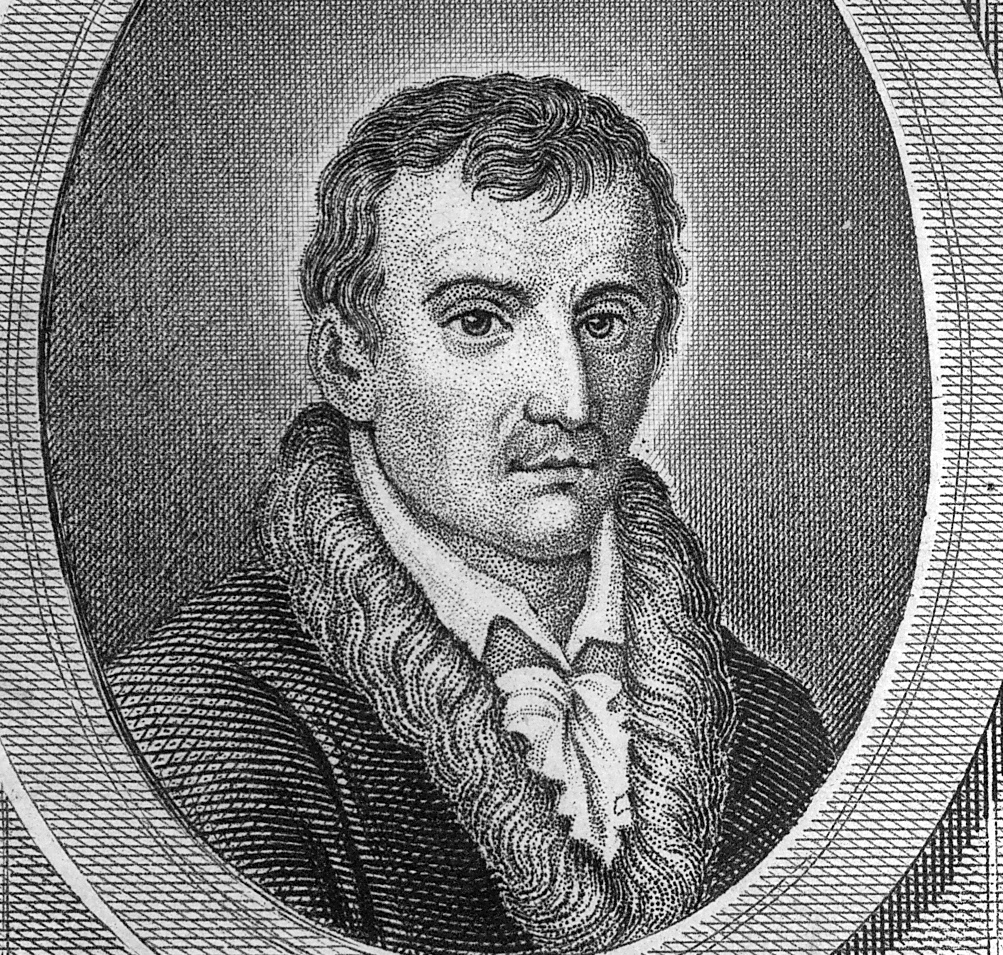
About
Seume, his stroll and the purpose of this website.
"Where there is singing, sit down in peace; villains have no songs."
Johann Gottfried Seume (1763–1810) was born in Poserna, Saxony, the son of a cooper and smallholder. Orphaned young, he was educated through the patronage of local nobility and later studied theology in Leipzig, though he increasingly turned to Enlightenment authors and classical texts. In 1781, intending to travel to France, he was forcibly conscripted by Hessian recruiters and sent to North America to fight on behalf of the British in the Revolutionary War. Upon returning, he was again pressed into military service by the Prussians.
Later employed in Russia as a secretary and officer, he witnessed the partition of Poland. He returned to Leipzig, where he supported himself by tutoring and writing. In his final years, Seume wrote poetry, essays, and travel narratives, often censored for their anti-aristocratic tone. He died in 1810 in Teplitz, after a prolonged illness.
In December 1801, Seume departed Leipzig on foot with the intention of reaching Sicily. This journey—some 3,600 miles across Germany, Austria, Italy, and France—was undertaken for observation, not pilgrimage. He sought to “stretch his legs” and avoid the constraints of coach travel, which he believed distanced the traveller from humanity and the truth of conditions on the ground.
His account, Spaziergang nach Syrakus im Jahre 1802, blends classical allusion, social critique, and personal narrative. Unlike contemporary travellers such as Goethe, Seume’s reflections are grounded less in aesthetic admiration than in moral and political response. He was appalled by the poverty he encountered, particularly in Rome and Sicily, and sharply critical of clerical power and aristocratic privilege. The work was widely read and admired for its honesty, clarity, and plain style, though its anticlerical tone later brought difficulties with censors. Seume returned to Leipzig by way of Paris in summer 1802.
I like Johann Gottfried Seume - his style, his approach to life.
I think we’d get along (he spoke good English, learned while captive of the Hessians). We enjoy travelling, walking, and observing. We read and study history, though his classical knowledge is stronger than mine. We like food and drink. We are sons of the Enlightenment and stand for reason, liberty, and justice. We can mix with all types, from all backgrounds and we’re both intensely curious.
Johann began his walk at 38 and could do 30 miles a day. I’m 61 now and could manage 20 at a (big) push, but I’d be useless the next day. With this project, I will retrace Johann’s steps. I’ll walk some of it, but I’ll also use local transport between towns.
My stroll will take time, perhaps a decade, and I’ll do it in instalments. Sometimes I’ll travel with my wife or friends, mostly alone, depending on time and cash. Join me on this venture here or at the blog/Substack: Strolling to Syracuse.
Adapted from Erich P Hofacker Jr's chapter of the book 'German writers in the age of Goethe'. Hofacker taught at the University of Michigan and died in October 2014. I offer my thanks to Erich.
You can find Syracuse book (in German) at Gutenberg, along with an account, in English, of his press ganging by the Hessians and subsequent voyage to North America.
Spaziergang nach Syrakus was translated into English and published in 1964 as A Stroll to Syracuse. There have been no further translations. I'll write about this book and the translators on the blog at some point.
I found a copy of the book online for £10 so you probably can as well.